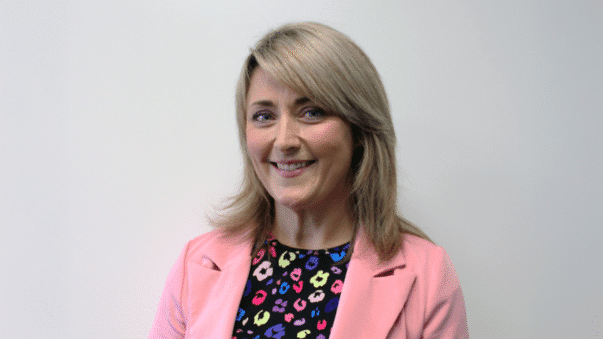Successful CX Transformation Starts with a Customer-Centric Mindset
Achieving a successful CX transformation isn't just about the technology. Having a customer-centric mindset in place is equally important.

With a long and successful track record in CX, Enterprise Account Manager at DigitalWell, Karen Hickey, understands that successfully transforming an organisation’s CX operations means much more than simply upgrading the tech stack. Getting optimum value from a transformation means performing a complete review of all company operations and CX touchpoints to put the customer at the centre of everything.
Adopting and implementing a customer-centric mindset can mean a lot of upheaval. It’s a transformation that can demand a complete change of culture at every level of the organisation.
Leading from the front
Managing and executing change is the key to success in CX transformation. For a CX leader, that’s much more than simply outsourcing the process to the provider with the best solution. The biggest challenge comes before that. Firstly, you must demonstrate the need, and create the will, to change across every area of the organisation: values, culture, structures, functions and operational processes.
That, in itself, can be a learning experience. CX and customer expectations have moved on. Leaders must be open to new ideas, in terms of technologies, methodologies and what customers expect. Demonstrating that CX affects every function in the company requires education and a cultural shift in how the organisation works as a team. That means communicating how CX affects the business as a whole and the value it drives for the organisations, whether that’s looking metrics such as customer effort score (CES) or first contact resolution (FCR), as well as boosting loyalty and customer lifetime value. Creating a benefit for the customer has to be a key goal, along with business gain.
Engaged employees create better CX
The most successful leaders will understand that CX transformation is built on relationships within the business. These relationships filter from the top down: from C-level to customer-facing staff. A big part of that is the employee experience (EX). After all, it’s the engagement, skills and insights of your people that will drive successful change. Employees must develop and foster an organisational culture and customer-centric mindset that embraces customer empathy, care and personal service.
When employees understand that their experience is aligned with CX goals, they actively contribute to it through their own decision-making and actions. Companies should find ways to foster engagement between customers and employees, even those not associated with customer service roles. According to a study by Forbes, companies that excel at customer service have employees that are 1.5 times more engaged, generate higher returns and outperform their competitors by 147%.
Providing visibility into CX and EX can help too. Integrating KPIs from both areas into a single view for reporting purposes can make it easier to diagnose issues in the wider CX environment.
Building a framework around CX
True CX transformation is about creating an environment that puts the customer front and centre. Since customer service has changed dramatically in recent years as organisations add more touchpoints and channels, for most, this will mean a radical change in thinking and operations, again reinforcing the need for a customer-centric mindset. Companies must remove legacy silos and synchronise CX efforts across the entire organisation, developing an ecosystem that reacts quickly to customer need with bespoke experiences, delivered with care and attention to detail instead of a patchwork of fragmented responses.
But how can this be achieved?
The first step is to develop a vision statement that captures organisational intent, creating focus and commitment among managers and aligning employees around a customer-focused strategy.
The next stage is to create a change management plan to connect employees to the vision and bring that intent to life. Appoint a transformation-focused team to coach and co-ordinate teams in various functions. The goal here is to communicate the new CX vision, how it impacts them and how to put it into practice. All employees should participate in CX training and in the necessity of culture change to drive benefits for the entire organisation.
Leading the transition to a customer-centric mindset
CX transformation needs more than just software and a plan for implementation. It requires developing a whole new customer-centric mindset and way of operating for the entire organisation. Crucially, it needs someone to bring it all together and drive the effort, bringing about meaningful change as a thought leader that connects all functions within the business.
Strong leadership establishes the vision and direction of any transformational project, fostering a culture that empowers employees and wins buy-in. In doing so, it’s important to recognise and highlight the value of staff in their contribution to deliver exceptional service reflected in the organisation’s vision.
By cultivating collaboration and customer-centricity across the entire organisation, you drive sustainable work practices that ensure long term benefits and actively support the ongoing evolution of a successful CX strategy.
To discuss how DigitalWell can help you get the most from CX transformation, contact a representative.


